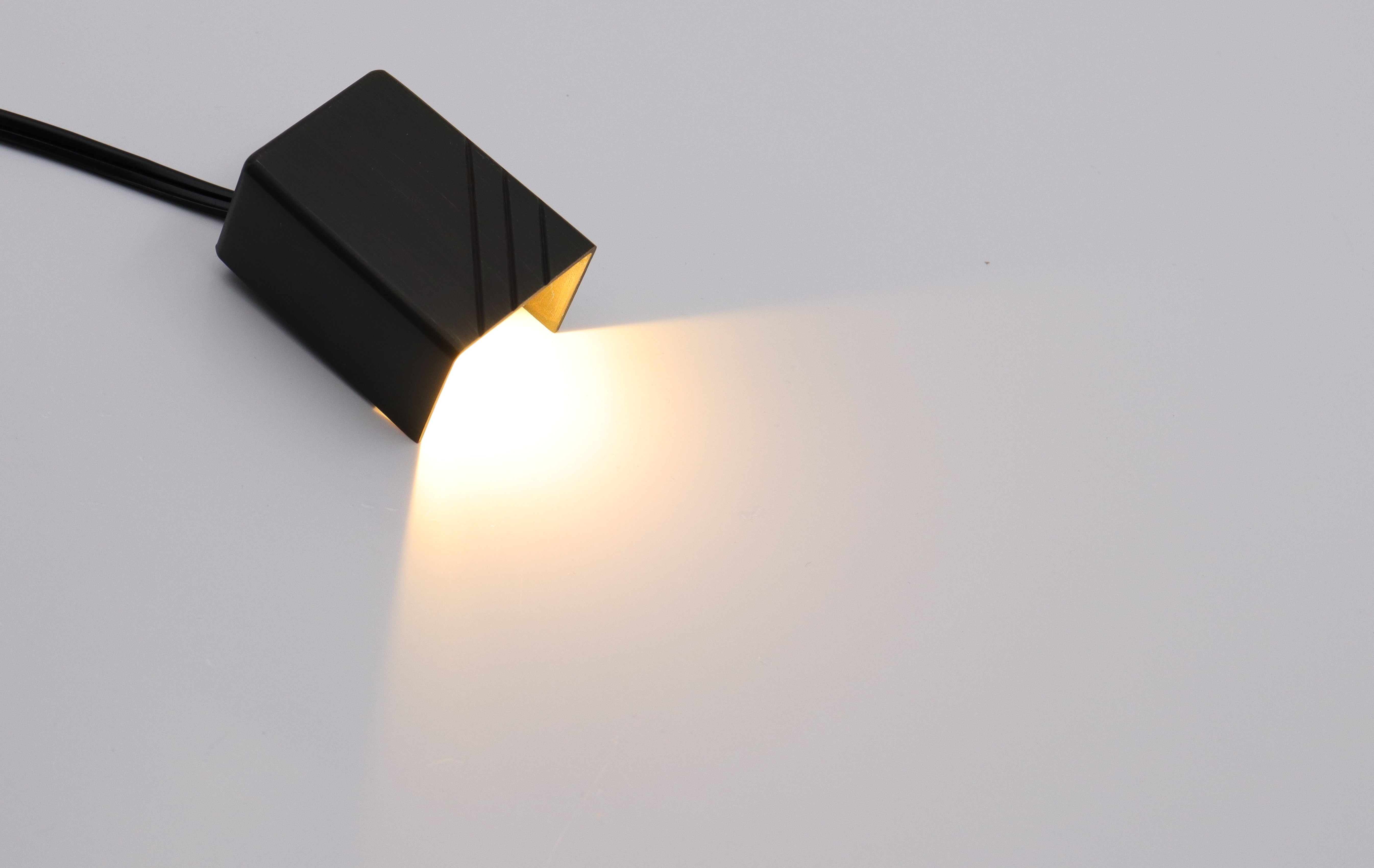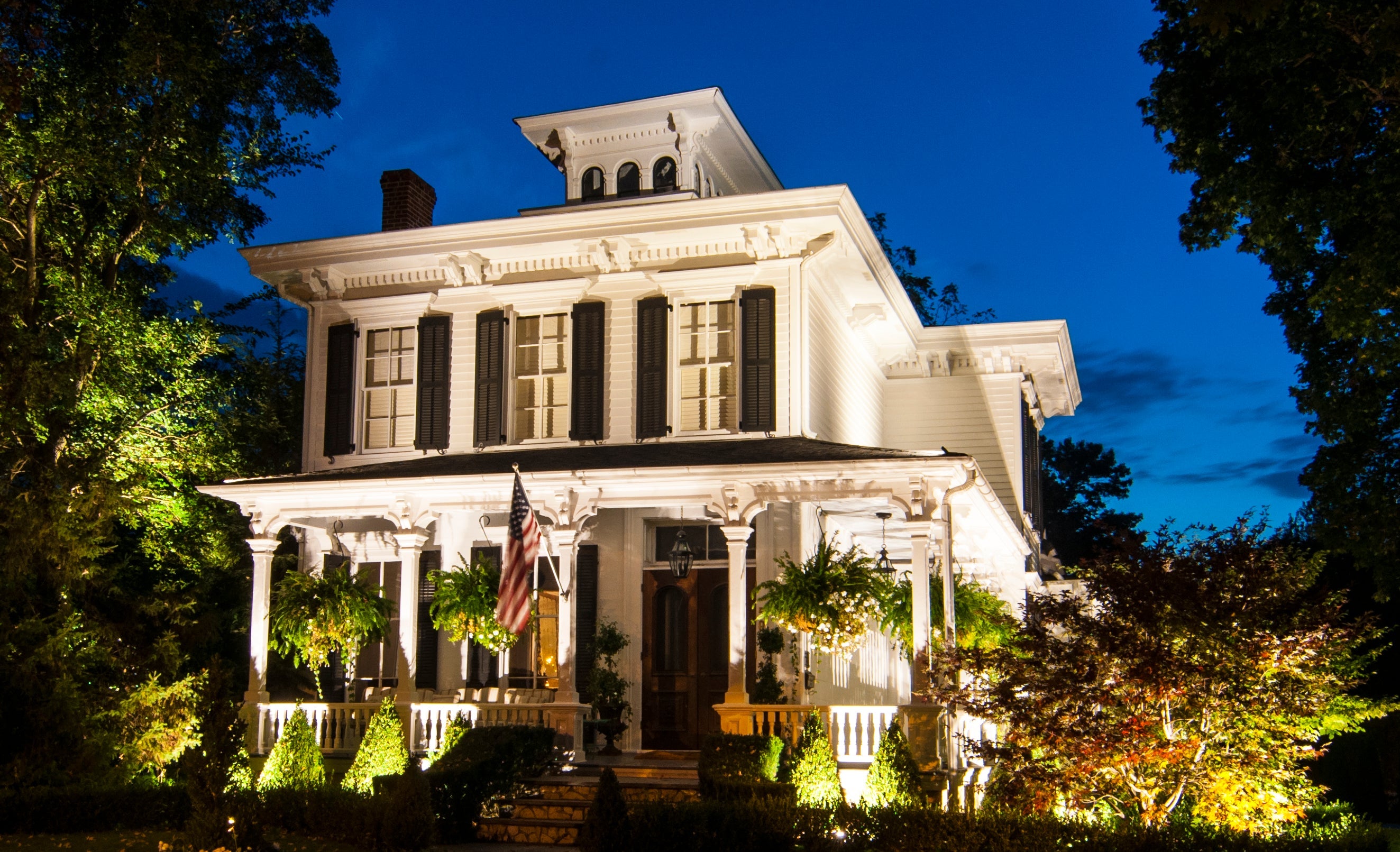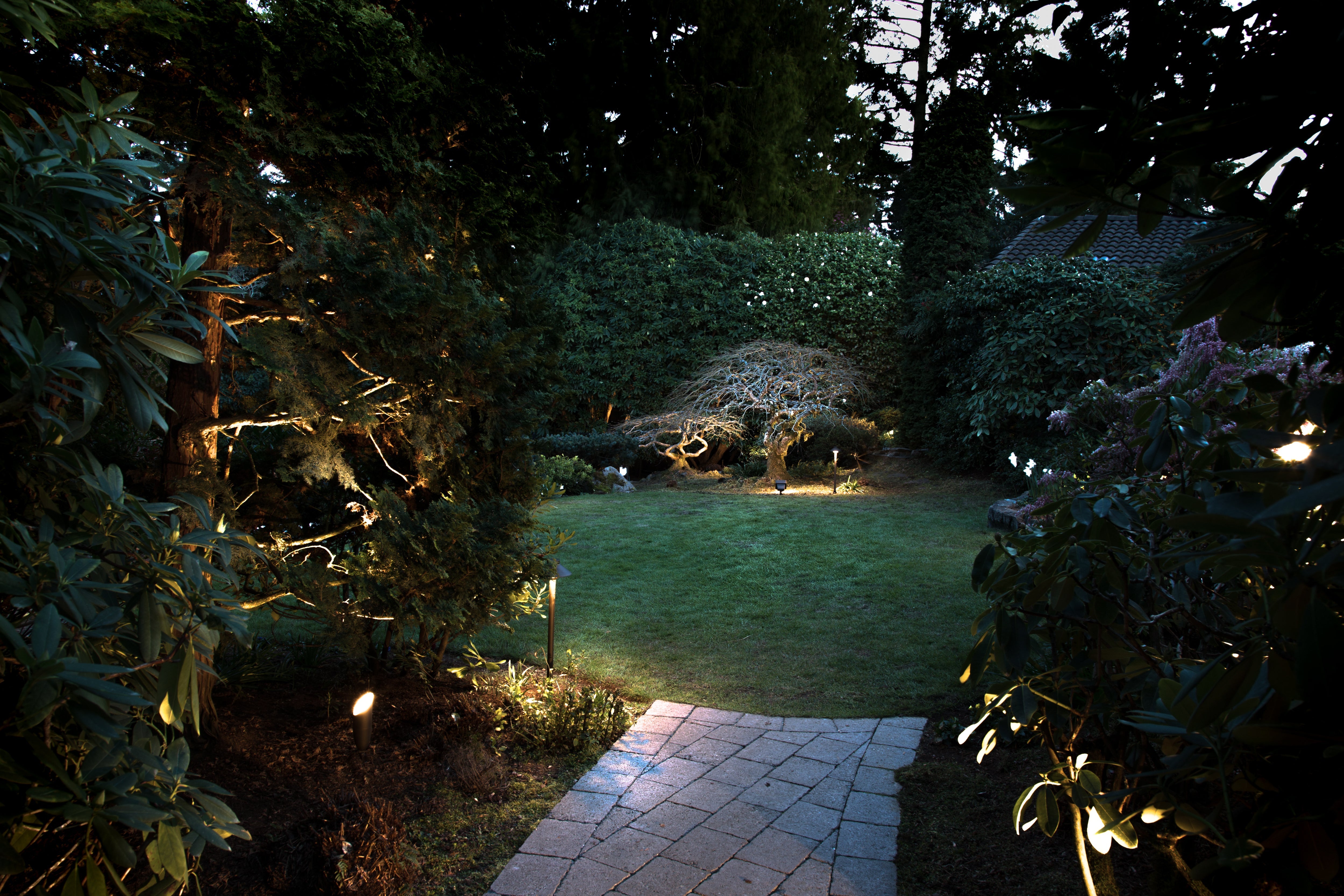Underwater lights serve the purpose of lighting up your pool, pond, or fountain with ease. Besides serving an attention-soliciting role, they make the area surrounding the pool safe for swimmers and enable you to enjoy it even during late hours. These lights are built tough to work well under water without getting damaged.
This guide will walk you through what underwater lights are made of, how to pick the right ones, and the benefits they bring to your backyard.

What Are Underwater Lights?
The underwater lights refer to light fixtures that have designs with features for operating safely underwater. They are also practically used outside of swimming pools, fountains, and ponds to illuminate water features for reasons such as safety and aesthetics. These lighting systems are engineered to make the water pressure bearable and inhibit the ingression of water inside through their durable materials to ensure their capability in a submerged conditions.
Key Components of Underwater Lights:
- Underwater lights have a watertight shell for safe underwater use.
- The lights come from either standard bulbs or energy-saving LEDs.
- A clear lens over the bulb keeps water out and spreads light evenly.
- Seals and gaskets around the light prevent water from entering.
- Waterproof cables and wiring safely deliver electricity underwater.
- A transformer reduces voltage for safe underwater lighting.
- Brackets and screws are included to fix the light in place securely.
All these parts make sure the lights look good and help people see clearly underwater, which is safer. It's important to install and take care of these parts the right way so your underwater lights work well and last a long time.
What Should You Look for When Selecting Safe and Reliable Underwater Lighting?
Picking out underwater lights is not just about looking good; there is literally an ocean of safety standards. Here are tips to help in the correct and safe choice of underwater lighting for either your pool or pond:
1. Choose fully waterproof lights (look for IP68 on the label).
2. Buy lights from brands you trust that come with a good warranty.
3. Decide whether to purchase the simple white lights or color-changing and dimming lights to set various moods and attitudes.
4. Consider the brightness of the light that will suffice for either your whole pool or just a serenely small pond.
5. Choose LED lights because they consume less electricity; thus, it is cheaper to run them.
6. Buy lights that have passed safety standards to put your mind at rest.
7. Choose such kinds of lights that are easy to install; however, a few may require expertise.
8. Use such lights which are easy to clean and maintain in order to keep them glowing brighter and running more efficiently.
Practical Uses of Underwater Lights
Underwater lights aren't just about making your pool or pond sparkle; they serve many practical purposes that enhance your outdoor living experience. Here’s how underwater lights can be used:
| Purpose | Details |
| Keep Swimming Area Safe | Lights outline pools for safety after sunset. |
| Enjoy Nighttime Swims | Keep your pool lit for late swims. |
|---|---|
| Enhance Pool Look | Add color and light for a beautiful yard. |
| Show off Water Decor | Make waterfalls and fountains pop with light. |
| Set the Mood for Gatherings | Create a welcoming vibe for evening events. |
| Save on Energy | Use less power with LED lights. |
| Attract Fish Easily | Lights draw fish to ponds at night. |
1. Lights Make Pools Safe After Dark
Underwater lights make any water features much safer after dark. They define the edges and bottom of a pool or pond, as very important for preventing accidents in those who like to swim at night.
2. Light Up for Night Swims
With underwater lighting, your pool doesn't close at sunset. These lights create an invitation to enjoy a refreshing swim when it's dark outside, extending your pool usage.
3. Decorate Your Pool with Lights
Adding mesmerizing effect to any water feature, underwater lighting is available in soft, subtle shades or brilliant color displays that can turn an ordinary backyard into a dazzling haven.
4. Showcase Your Water Features
If you have fountains, waterfalls, or other hydraulic installations, then submerged lights can emphasize the movement and current for graphic effects.
5. Set the Scene for Outdoor Entertaining
A properly illuminated pool or pond becomes a focal point for evening gatherings, establishing a serene backdrop that enhances the overall ambiance of outdoor events and gatherings.
6. Save Energy with LED Lights
The good news is that many of the new underwater lights are fitted with LED technology, which does not require the high power that some of the older bulb types do. This is great news, as to illuminate your outdoor space it will not drastically raise your energy bill and save energy.
7. Attract Fish with Bright Lights
For ponds, some forms of lighting can attract fish and other aquatic species, creating a dynamic element in your garden pond, fascinating to watch and educational to observe.

How Many Underwater Lights Do I Need for Different Purposes?
| Purpose | Lights Needed |
|---|---|
| Safe Swimming | 1 light per 400 sq ft of pool surface |
| Night Swims | 1-2 lights for a small pool; 3-4 for larger pools |
| Pool Beauty | 2-4 lights to highlight pool features and architecture |
| Show off Water Decor | 1 light per decorative feature (e.g., fountain or statue) |
| Party Mood | 3-5 lights, depending on pool size and desired ambiance |
| Energy Saving | As few as possible, using energy-efficient LEDs |
| Fishing | 1-2 submerged lights close to the water surface |
- You need one light for every big step (400 square feet) of pool so you can see clearly and avoid any mishaps.
- For a little pool, just one or two lights will let you see while you're swimming after dark. A bigger pool? Three or four should light it up nicely.
- Want your pool to look nice? Two to four lights should be enough to show off its shape and make the water sparkle.
- If you have things like fountains or statues in the water, give each one its own light. This makes them stand out and look cool at night.
- Throwing a party by the pool? Spread around three to five lights to create a cozy or lively feel, depending on what kind of party you're having.
- If saving money is your thing, just use a few LED lights. They're bright but don't use a lot of electricity.
- For those who like fishing, or just watching fish, a couple of lights near where the water meets air will pull them right in because they come looking for food that the light attracts.
Do Underwater Lights Bother Fish?
Underwater lights can attract some fish and disturb others. They help many fish see and feed at night, but the artificial light may also upset their daily patterns. Each type of fish reacts differently—some might hunt near the lights, while others are scared off. Fish in natural waters are often more sensitive to these lights than fish in tanks or aquariums where lighting is normal.
| Fish Type | Like the Light? | What They Do | Good to Know |
|---|---|---|---|
| Koi Carp | Yes | Swim more, which is fun to watch | Light should be soft so it doesn't stress them out |
| Goldfish | Yes | Easier to see for us | Lights shouldn't make the water too warm |
| Clownfish | Yes | Their colors look brighter | Lights should go on and off like the sun does |
| Lionfish | Sometimes | You might see how they hunt | Watch for signs they're not happy |
| Neon Tetra | Yes | They glow more | They like lights that aren't too strong |
| Angelfish | It depends | You can see their graceful swimming better | Don't use lights that are too bright or they'll hide |
| Cichlids | Usually | Their colors pop and you might see them being territorial | Use lights to encourage their normal behavior |
| Seahorses | It varies | They may show off their dance moves | Keep the light schedule steady |

What Is the Proper Color Temperature for Underwater Lights?
Color temperature is key when picking underwater lights, because it affects both how things look to us and how they impact the environment around them. Color temperature is measured in Kelvin (K) and refers to the hue of the light source. Lower Kelvins mean warmer, yellowish light, while higher Kelvins yield cooler, bluish light.
| Consideration/Case | Color Temperature (Kelvin) | Description |
|---|---|---|
| General Marine Visibility | 5000K - 6500K | Daylight, clear visibility |
| Recreational Pools/Spas | 3000K - 4000K | Warm, inviting glow |
| Mood/Ambiance Lighting | 2000K - 3000K | Very warm, cozy atmosphere |
| Modern Aesthetic | 7000K+ | Cool, crisp appearance |
| Aquatic Life Support | 5500K - 6500K | Simulates natural sunlight |
| Night Diving | 5000K - 6500K | Balanced, daylight mimic |
| Architectural Features | 3500K - 4500K | Neutral, enhances textures |
Is it for clear visibility during night dives? A chill-out zone in your backyard pool? Or maybe you're lighting up a coral reef where fish need the right light to thrive. Match the color temperature to your needs, making sure it looks good to you while keeping the local ecosystem in mind.
How Bright Should Your Underwater Lights Be?
When you're picking underwater lights, it’s like choosing light bulbs for your house; you need to think about what each space needs. Here's a simple guide on how bright your lights should be depending on where and why you're using them:
| Purpose | Lumens Per Square Foot | Total Lumens Needed (For Example: 20x40 ft Pool) |
|---|---|---|
| Safety and Visibility | 20-30 | 16,000-24,000 |
| Recreational Swimming | 15-20 | 12,000-16,000 |
| Ambient/Mood Lighting | 10-15 | 8,000-12,000 |
| Accent/Focal Points | 5-10 | 4,000-8,000 |
| Decorative Features | 5-10 | Variable; depends on feature size |
| General Aesthetic | 10-15 | 8,000-12,000 |
- For Keeping It Safe: If you want everyone to see clearly and swim safely, especially in big pools, go for strong lights—think of around 20 to 30 lumens for every square foot of your pool. For a big pool that's 20x40 feet, you’d need lights adding up to about 16,000 to 24,000 lumens.
- For Casual Pool Time: If you have a pool at home just for fun swims, you can choose lights that are not too bright. Something like 15 to 20 lumens per square foot would do the trick, which adds up to 12,000 to 16,000 lumens for our example pool size.
- For Setting The Mood: Want a chilled vibe for evening hangs by the water? Aim for a soft, warm glow with lights that have 10 to 15 lumens per square foot.
- For Showing Off Pool Features: Got a cool waterfall or sculpture? Use lights that are not super bright, about 5 to 10 lumens per square foot, so these features can pop without being too flashy.
- For Fun Decorations: If you’re lighting up something small and decorative, brighter isn't always better. Adjust the brightness based on what you’re lighting—just enough to make it look nice.
- For A Nice Look Overall: To make your whole pool area look good and still be able to see everything well, go with a middle-range brightness, around 10 to 15 lumens per square foot.
How Long Do Underwater Lights Last?
LED underwater lights are the long-distance runners in the world of pool lighting, shining bright for up to 50,000 hours. This means you could go years without needing to replace them, unlike halogen bulbs that may only last for about 2,500 hours at most.
The life of your underwater lights isn't just about what kind of bulb you use, though. It also depends on how often you turn them on and how long they're left running. Clean water can help extend their life, too, because dirty water can lead to quicker wear and damage. Plus, if you take good care of your lights by cleaning and checking them regularly, they're likely to last longer. They're a bit like plants—the better you look after them, the more you'll get out of them.
Where to Put Underwater Lights?
| Placement Area | Effect or Purpose |
|---|---|
| Pool Walls | Lights up the whole pool, adds safety |
| Pool Floor | Provides even lighting, good for deep pools |
| Steps/Baja Shelves | Highlights shallow areas, prevents tripping |
| Fountains/Statues | Showcases water features, adds drama |
| Water's Edge | Marks the boundary, attracts fish |
| Under Docks/Boats | Illuminates the area, adds safety for night movement |
| Garden Ponds | Enhances natural features like plants and rocks |
| Waterfalls | Highlights moving water, creates a focal point |
1. Pool Walls: Install lights on the sides of your pool about 12 to 18 inches below the water surface to light up the entire swimming area.
2. Pool Floor: Place lights at the bottom for a dramatic, even illumination throughout the pool, especially good for deeper pools.
3. Steps and Baja Shelves: Light up steps and shallow shelves to make them stand out, ensuring safety and adding visual appeal.
4. Around Fountains and Statues: Position lights close to water features like fountains or statues to highlight these elements.
5. By the Water's Edge: For ponds or lakes, put lights near the shore or edge to create a glowing border and attract fish.
6. Under Boats or Docks: Set up lights under docks or boats to illuminate the water, making it safer to move around at night and attracting sea life.
7. Garden Ponds: In small garden ponds, you can place lights near plants or rocks to showcase the pond's natural beauty.
8. Waterfalls: Aim lights at waterfalls to accentuate the movement of water, which creates an enchanting effect after dark.
Each spot has its own benefit, whether it’s for safety, looks, or to enjoy watching marine life. You'll want to tailor the lighting based on what you're most excited about showing off or keeping well-lit.
Light Up Your Waterscape: Choose the Perfect Underwater Lights Today!
Underwater lights make your pool look good, keep it safe, extend your swim time into the evening, and can even save you money on your energy bill if you choose LED options. It's clear that with a thoughtful setup and the right number of lights, you can transform your pool or pond into a bright and inviting place. Just remember to consider the needs of any fish in natural ponds, and to maintain your lights so they last as long as possible.







Leave a comment
All comments are moderated before being published.
This site is protected by hCaptcha and the hCaptcha Privacy Policy and Terms of Service apply.